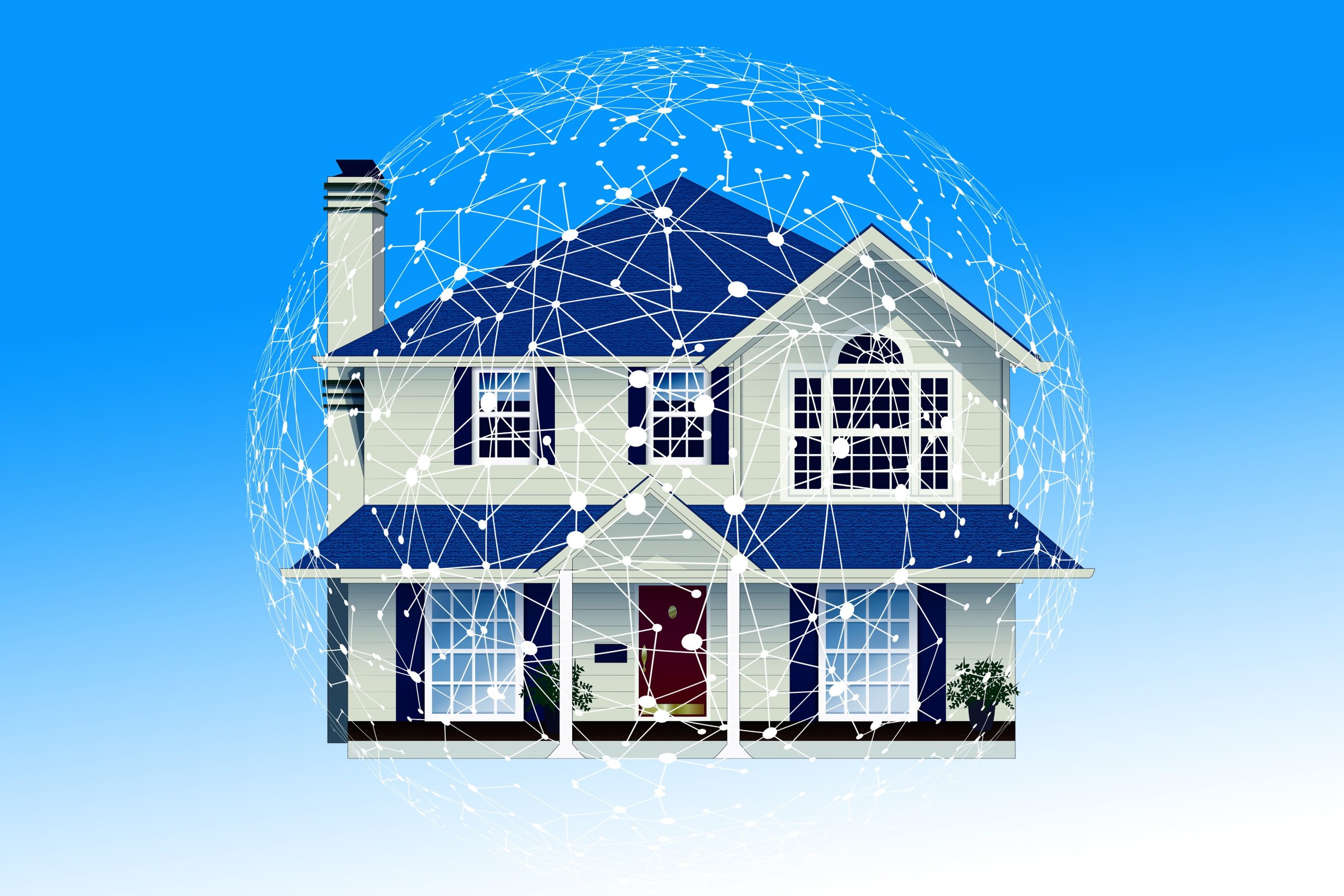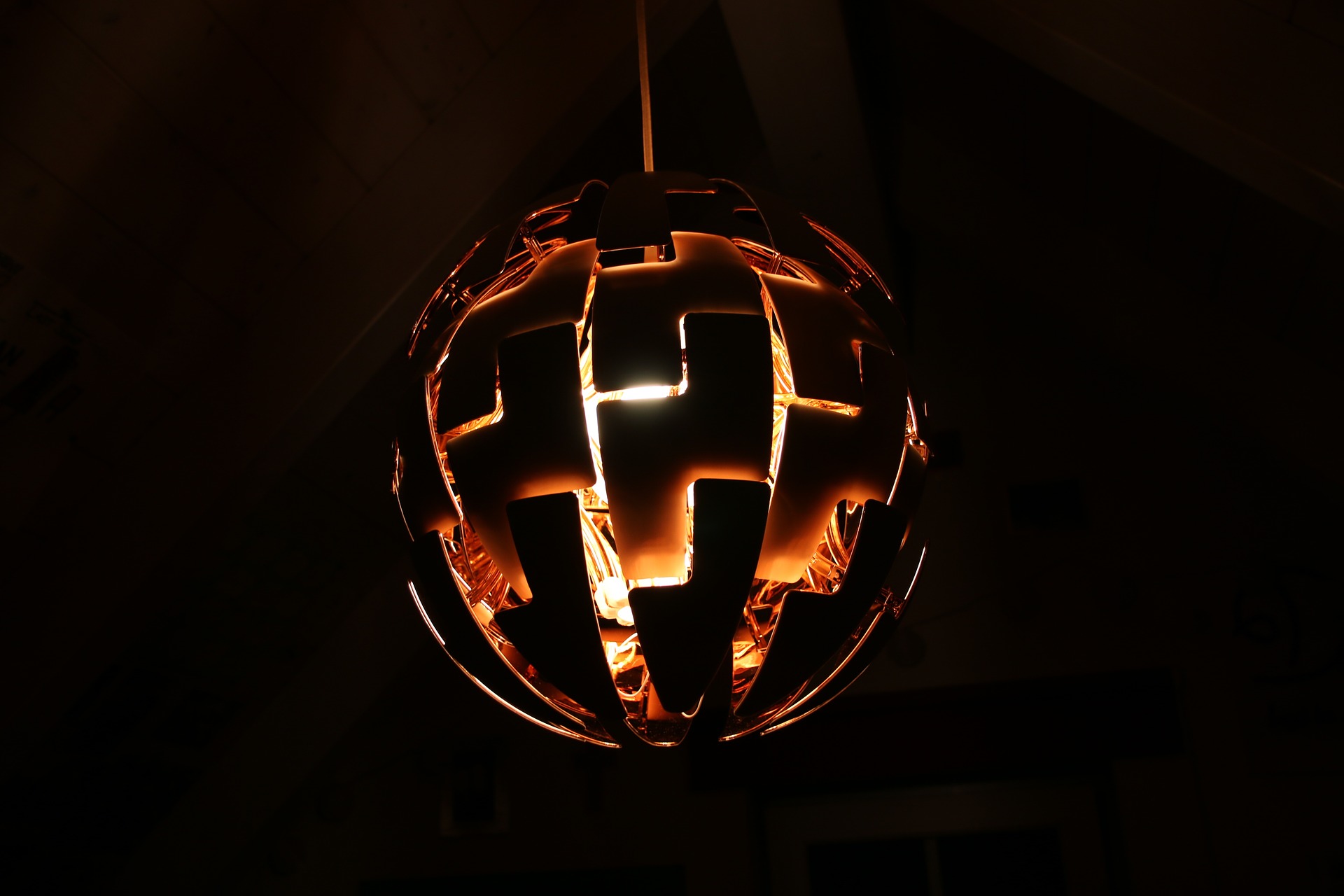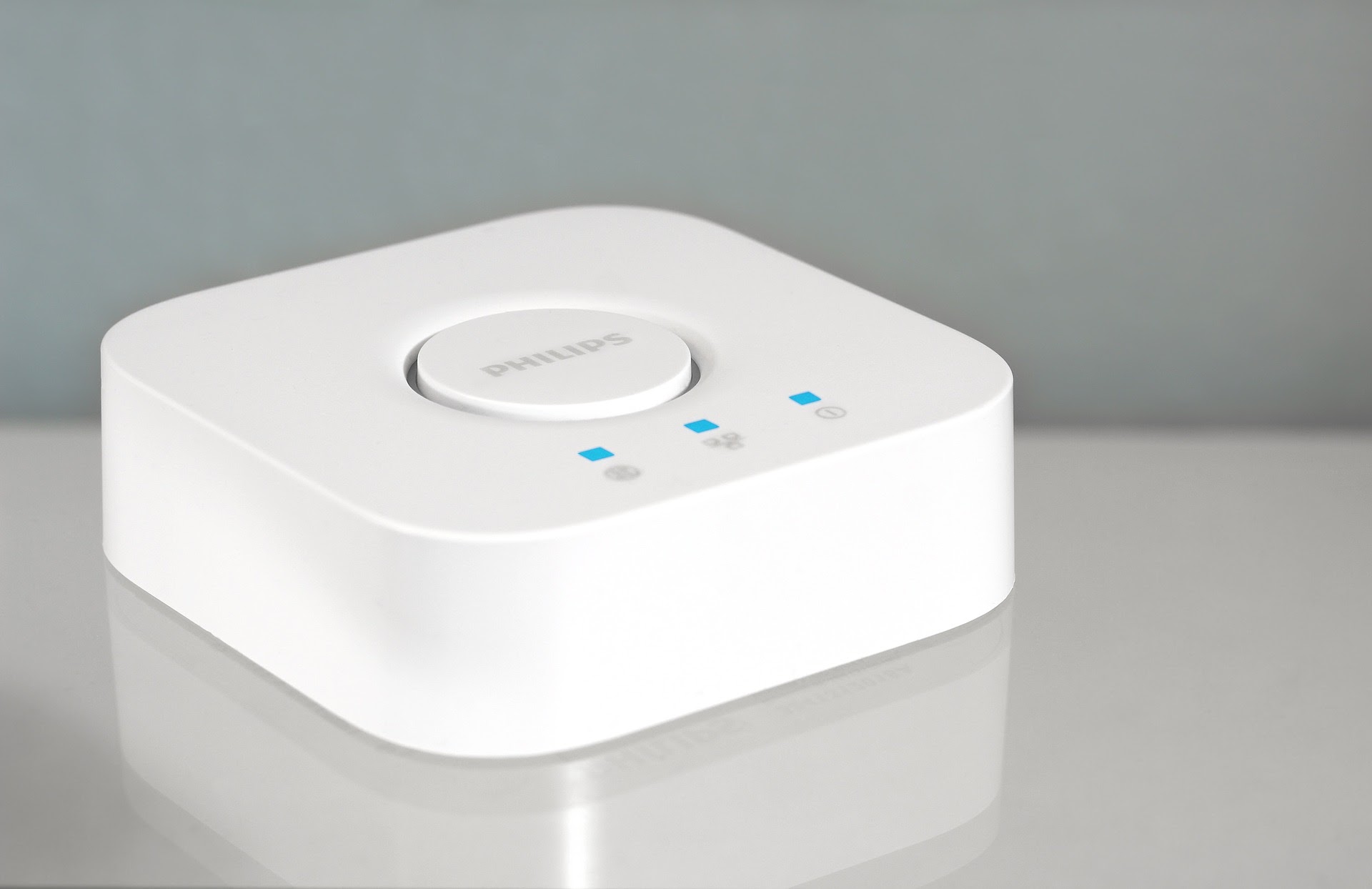A few years ago, I bought some Philips Hue lights. Then I extended the system with some Innr bulbs, and some IKEA Trådfri lights too. It’s mostly worked OK: the Philips and Innr stuff is flawless; the IKEA kit has its foibles (but was cheap).
More recently, I started to look at Home Assistant and I installed a pre-built “Home Assistant Green” unit. One of the things I bought was a SkyConnect dongle – for Zigbee support. When I set up Home Assistant it discovered my Hue bridge and all the lights, so I didn’t use the SkyConnect at first, until I started to add some more sensors that Hue didn’t recognise.
Consolidating Zigbee networks
I couldn’t understand why my lights were not acting as Zigbee routers for the door/window sensors I had purchased – and then I realised that I actually have two Zigbee networks in the house now! So I started to move the Hue lights over to the Zigbee Home Assistant (ZHA) network that the SkyConnect had established.
The next problem was, predictably, an IKEA bulb I’d purchased. When I originally joined it to Hue, I had problems with the official app and I needed to use TouchLink via the Hue Essentials app. I’m having no such luck on ZHA – I can’t even get the bulb into pairing mode… so it’s presently just a normal (not smart) lamp…
Extending the reach
With most of the Hue and Innr lamps now migrated to ZHA, I’ve started to add other Zigbee devices to the network now. Firstly, I have some cheap (£3) temperature and humidity sensors from Tuya that I bought on AliExpress. One of these is monitoring the levels overnight in the Man Cave and turning on a radiator if necessary overnight to keep the humidity down. I’ve also put a Tuya Zigbee signal repeater in the kitchen, to help boost the signal towards the garden (at least until I put some more bulbs in that will act as routers).
I’ve since found that the SkyConnect is not necessarily the best Zigbee co-ordinator (people seem to recommend a Sonoff model instead), but it has the advantage of being supported by Nabu Casa – the creators of Home Assistant. And then there’s the choice between ZHA and some other competing approaches… let’s not go into that here.
A couple more things…
A year or so ago, I wrote about using NFC tags to automate some of the routines in my house. That’s all been moved across to Home Assistant now, with the advantage that the automations are no-longer device-specific and anyone with the Home Assistant app can scan a tag.
As for the app… after an incident last summer when the garden lights turned off (on a timer) and my wife wanted to switch them back on but didn’t know how, I gave access to the app. She is pleased that she now has “the power”. I am pleased that the system is usable by non-geeks. I do need to learn how to create Home Assistant dashboards though, because the list of connected devices and entities is getting quite extensive.
I still can’t get my family to stop turning off the lights at the switch though… so I need to find some UK-compatible Zigbee smart switches that will be acceptable for use!
Featured image by Gerd Altmann from Pixabay.






